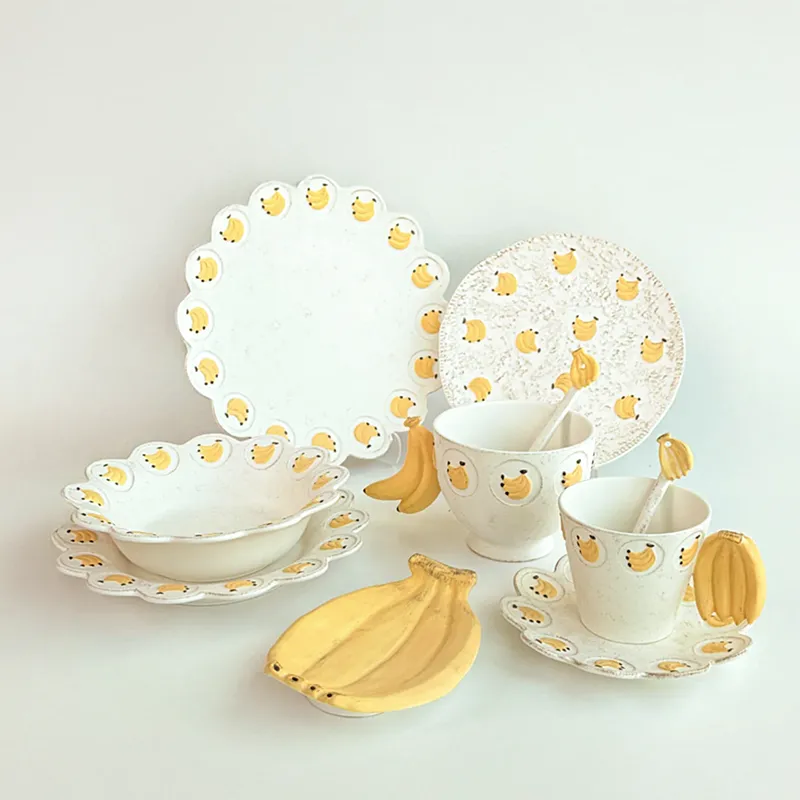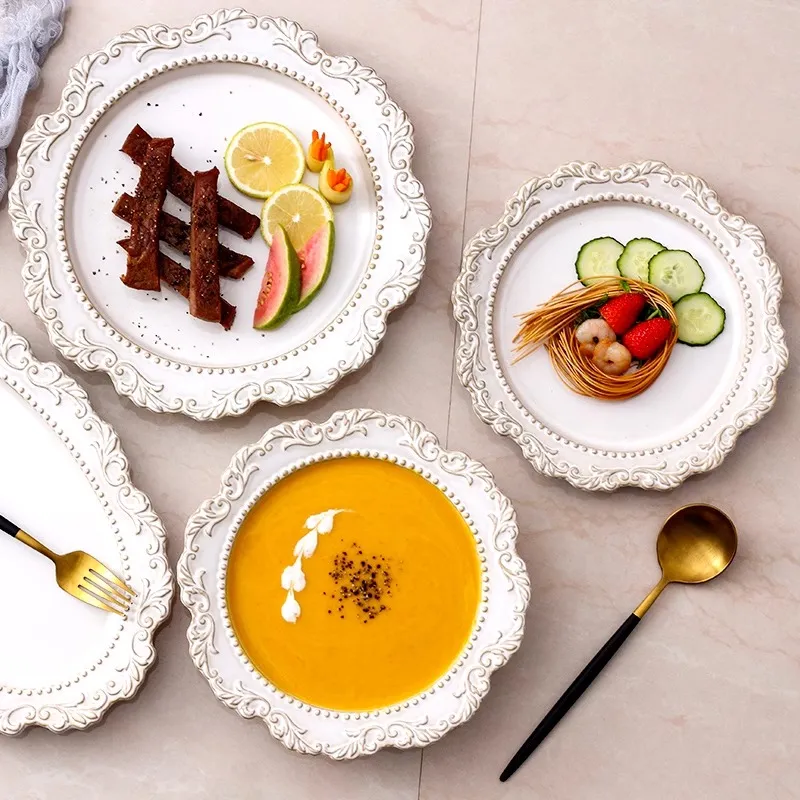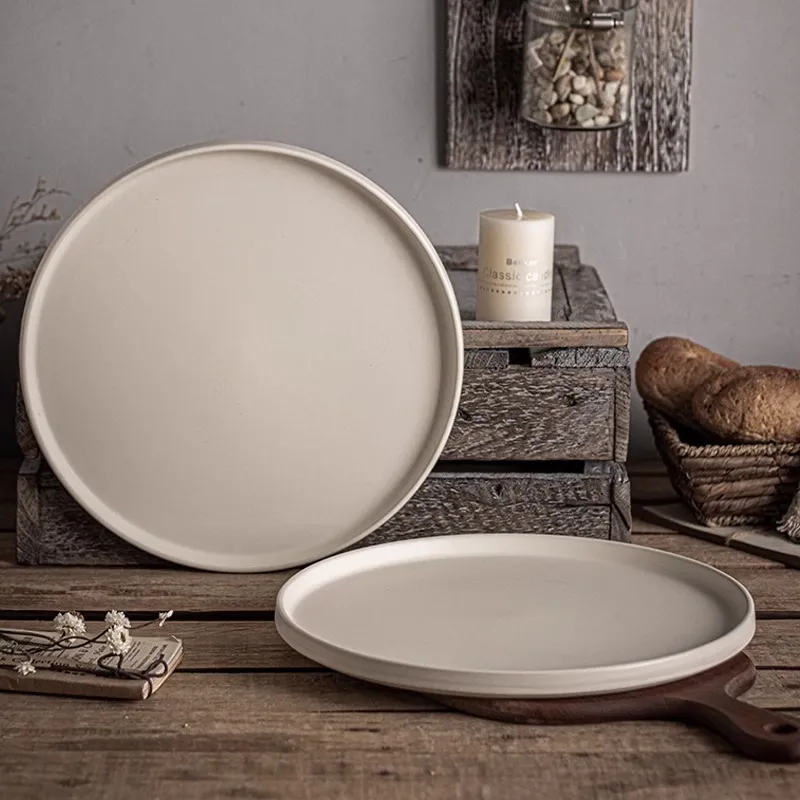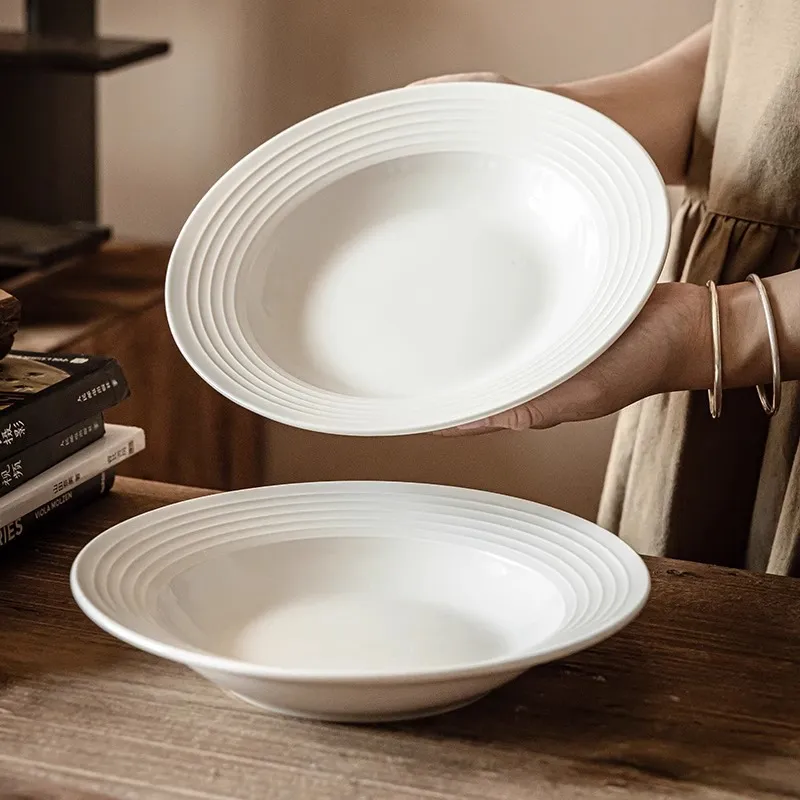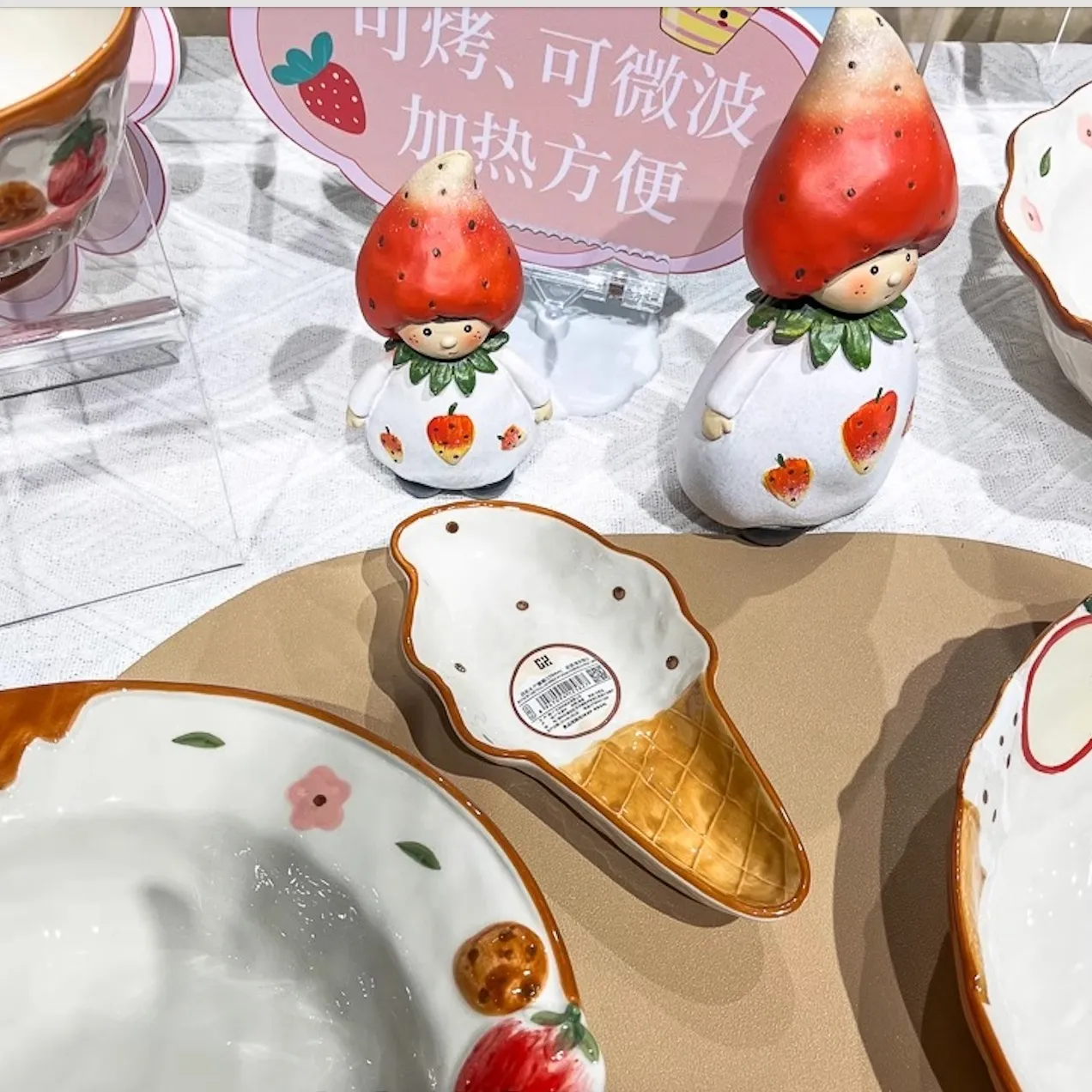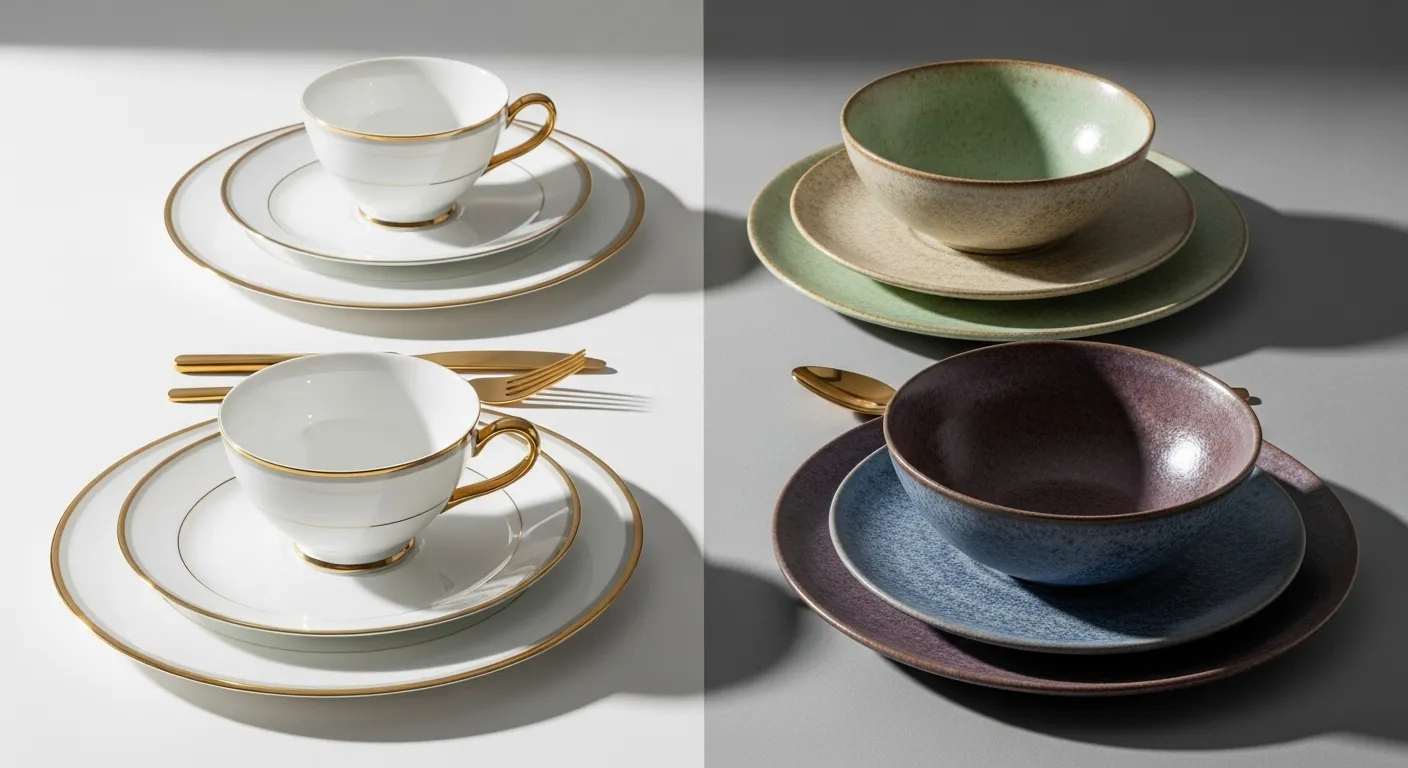
When choosing dinnerware, Bone China and Ceramic are the two best and trustworthy material options. But most consumers—those purchasing home, hospitality, or retail—are not really certain how they stack up. Here is an in-depth guide to all you will want to know about Bone China vs Ceramic tableware, from materials to benefits, security, buying tips, and how to make the ultimate decision for your use.
What is Bone China
Bone China is characterized as high-quality porcelain that is made by incorporating animal bone ash, often cattle bones, into the clay body. Fine Bone China generally has 30%–45% bone ash content. Bone China is globally characterized as containing at least 43% bone ash content that provides it a distinct ivory-white color, smooth translucency, and fragile hand.
Properties of Bone China
- Comprising bone ash, kaolin, feldspar, and quartz
- Silky, light, and fine
- Semi-transparent warm milky color
- Twice as hard as regular porcelain, yet as light as a feather to work with
- Cadmium-free and lead-free in its natural form
- High heat capacity
- High-quality looks perfect for special occasions
What is Ceramic Tableware?
Ceramic is a collective term for all high-fired heat clay products, including stoneware, earthenware, and porcelain. Ceramic tableware is not strengthened with bone ash, unlike Bone China. It comes in many styles, finishes, and colors—perfect for informal and daily use.
Types of Ceramic
| Type | Features |
|---|---|
| Earthenware | Cheap, porous, lower temperature fired |
| Stoneware | Reusable, dense, usable daily |
| Porcelain | Hard, less porous, sometimes erroneously known as Bone China |
Bone China vs Ceramic: Key Differences
| Characteristic | Bone China | Ceramic (Earthenware, Stoneware, Porcelain) |
|---|---|---|
| Composition | Kaolin, bone ash, quartz, feldspar | Clay, quartz, feldspar (no bone ash) |
| Appearance | Thin, creamy white, semi-transparent | Thicker, opaque, colored or earthy |
| Strength | High hardness, light but tough | Varies (stoneware tough, earthenware brittle) |
| Heat Resistance | Good thermal stability, holds heat well | Good, especially stoneware and porcelain |
| Safety | Non-toxic, free from heavy metals, bacteria-resistant | High-quality ceramic safe; low-quality may leach lead/cadmium |
| Ease of Cleaning | Extremely smooth finish, very easy to clean | Might be a bit rougher, stains over time |
| Translucency | Yes, especially in light | No (except for a few exceptions within porcelain) |
| Price Range | High-end | Budget to mid-range |
| Typical Use Case | Special occasion dining, weddings, high-end restaurants | Everyday meals, family kitchens, cafes |
How to Tell if Bone China is Real
- Color: A pale, ivory-white color—not a stark white
- Weight: Considerably lighter than same-sized ceramic plates
- Sound: Light tap—Bone China rings clear, bell-like tone
- Translucency: Allows light source through; actual Bone China glows dim light
- Finish: Smooth bottom with beveled edge and scratch-resistant bottom
User Experience: Bone China vs. Ceramic
Bone China Tableware – Advantages & Disadvantages
| ✅ Advantages | ❌ Disadvantages |
|---|---|
| Exquisite, elegant appearance | More costly |
| Lightweight yet practically indestructible | Will warm to hand |
| Retains warmth longer | To be handled with care so that it won’t crack |
| Bacteria-resistant and easy to clean |
Ceramic Tableware – Advantages & Disadvantages
| ✅ Advantages | ❌ Disadvantages |
|---|---|
| Inexpensive and readily available | Dull and heavy |
| Comes in a range of designs and colors | Prone to chipping on certain designs |
| Typically dishwasher and microwave safe | Won’t retain heat |
Safety and Health Factors
Bone China and Ceramic are safe for food use, but Bone China is fired at really high temperatures, so the poisons and heavy metals will be destroyed. Bone China is naturally cadmium-free and lead-free naturally, and this is fabulous for sensitive skin individuals and children. Ceramic is fine if it’s a good factory, but underglaze ceramic or cheap ceramic is not healthy.
How to Choose: Bone China or Ceramics
| Consideration | Recommendation |
|---|---|
| Occasion | Formal dinner, wedding → Bone China Casual meals → Ceramic |
| Budget | Ceramic is budget-friendly Bone China is an investment |
| Design Aesthetic | Bone China → sleek, modern Ceramic → artistic, rustic |
| Durability Needs | Bone China is strong but needs care Stoneware ceramic is extremely durable |
Price Range Overview
| Type | Low-end | Mid-range | High-end |
|---|---|---|---|
| Bone China | ¥100–¥300 | ¥300–¥1000 | ¥1000+ |
| Ceramic | ¥50–¥200 | ¥200–¥800 | ¥800+ |
Care & Maintenance Tips
Bone China
- Avoid sudden changes in temperature
- Handle with care, especially during storage
- Dishwasher-safe (check manufacturer’s instructions)
Ceramic
- Some types are microwave-safe; check packaging
- Do not use abrasive cleaners
- Use padded separators when stacking
Yicheng Ceramics: Your Reliable Partner in Bone China and Ceramic Tableware
We are experts in Yicheng Ceramics to produce top-quality Bone China and Ceramic tableware that blends traditional production with forward-thinking design. We have abundant OEM and ODM production experience and ship to global customers for hospitality, retail, and customized brand businesses.
Why Yicheng Ceramics?
- High-end Bone China and ceramic materials with a longer lifespan
- Fully customizable logos, shapes, and designs
- Factory competitive prices and quick international shipping
- Worldwide support for private label and wholesale business
Whether you desire elegant Bone China dinner plates for special occasions or lively ceramic dinner sets for daily meals, Yicheng Ceramics turns your dream into reality with tableware.
Conclusion
No one-size-fits-all for Bone China vs Ceramic. Both have their strengths—Bone China offers elegance and strength in a light package, and Ceramic offers flexibility, economy, and diversity. Select based on your meal habits, decoration, and future requirements.
For those looking for the ultimate compatibility of beauty and functionality, opt for Yicheng Ceramics—your guaranteed quality tableware manufacturing partner.


